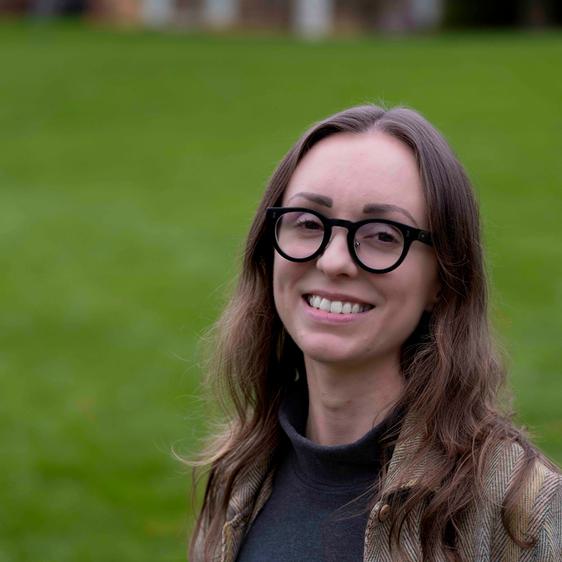About Kaleidoscope: Colour and Sequence in 1960s British Art
Shown together in this exhibition, these works create a visual feast of colour and form and look as fresh and dynamic as they did some 50 years ago.
- Jill Constantine, Arts Council Collection
Bringing together outstanding examples of painting and sculpture from the Arts Council Collection and other major UK collections, Kaleidoscope examined 1960s visual art through a fresh and surprising lens.
British art of the 1960s is often noted for its bold, artificial colour, alluring surfaces and capricious shapes and forms, yet these exuberant qualities are often underpinned by a clearly apparent order, founded on repetition, sequence and symmetry.
Kaleidoscope represented the work of over 20 artists including David Annesley, Anthony Caro, Robyn Denny, Tess Jaray, Phillip King, Kim Lim, Jeremy Moon, Mary Martin, Bridget Riley, Tim Scott, Richard Smith, William Tucker and William Turnbull. Curated with the writer and curator, Sam Cornish, the exhibition offered fresh insight into a period of British art which has attracted surprisingly little critical attention. Beyond its art historical significance, the idea of repetition and symmetry is immediately accessible to a wide audience. Together the works created a visually arresting display and a feast of colour and form in the gallery.
You may also like
- News

Staff Profile: Kathryn Brame, Formal Learning Manager at YSP
1 October 2024 - News

Staff Profile: Grace Harvey, Retail Supervisor at YSP
21 November 2024 - Art Outdoors

Sophia Vari: La Roi and Le Reine
Installed in 2024, Le Roi and Le Reine by Greek painter and sculptor Sophia Vari. - Art Outdoors

Daniel Arsham: Bronze Extraterrestrial Bicycle
Bronze Extraterrestrial Bicycle is inspired by science fiction film E.T. (1982).